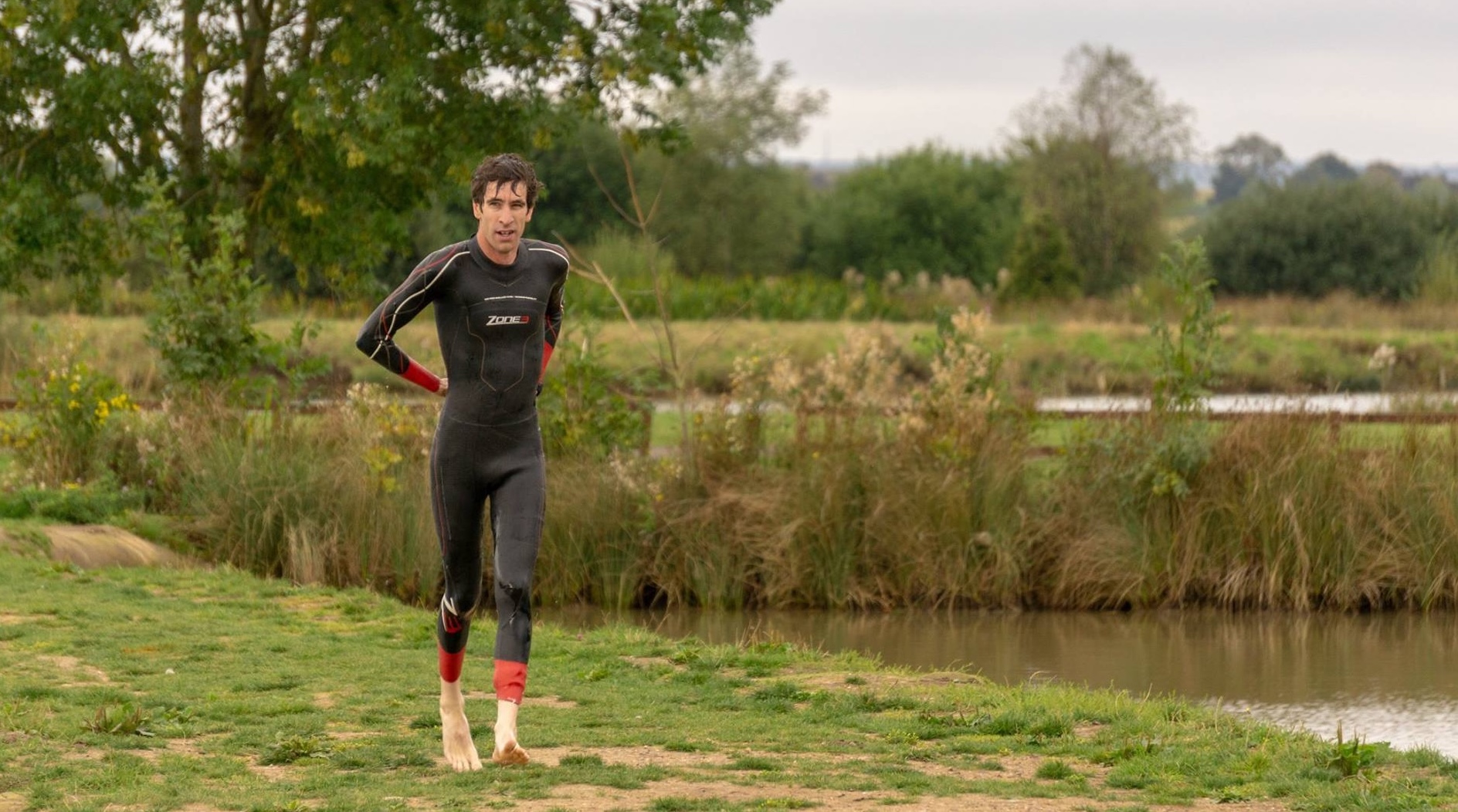Heart rate and power are the two most popular ways of measuring effort when cycling, but which is the most accurate way of measurement, and which should you use for race pacing? We put the two head to head in different categories.
Accuracy
As numbers geeks, accuracy is probably the number one concern when choosing between the two. In this scenario power easily comes out on top simply due to the data range we have available to us. While an athlete’s heart rate will very rarely fall outside of 40-180BPM, an athlete’s power figure can range from 0-1000W and beyond in the case of exceptionally well trained athletes. This gives us a much greater insight into an athlete’s effort by default, so it’s 1-0 to power at this point.
Reliability
Power meters are incredibly powerful pieces of equipment, but they do require a certain degree of maintenance. Once you purchase and install your power meter they require an initial calibration followed by periodic re-calibration, especially after travelling with your bike. Heart rate monitors are cheap and simple, as long as they have a good connection they will very rarely let you down.

Application of data
This is the power meter. Hands down. As a coach, when athlete uses a power meter it gives me a goldmine of information to trawl through. I have a piece of software developed by TrainingPeaks called WKO4 which I use to analyse athlete’s power files to within an inch of their life. It also gives a much better insight into an athlete’s form over time, and due to the huge amounts of data the power meter harvests athletes will find their CTL levels increasing quite sharply as the power meter gives a real insight into every detail of a workout. Even more data can be collected when using a dual sided power meter that collects data from both your left and right side. Most power meters function by taking the power data from your left hand side and doubling it.

Affordability
This one is easy, heart rate wins hands down, a heart rate monitor will set you back around £40, with power meters costing £300 at the very least. If you purchase a triathlon watch it may even come with a wrist based optical heart rate monitor as standard. For the athlete on a budget, heart rate is the winner on practical grounds.
Response time
One of the major downsides with heart rate is how long it takes to react to changes in effort. Your heart rate will often take several seconds to respond to an increase/decrease in effort, as we can see below.

The above is a short excerpt from an athlete’s workout. As the power (purple) dips and rises we can see the heart rate takes significantly longer to react, it reacts less evidently (which goes back to our initial point on accuracy), and is still increasing in response to the surge to 350W 30 seconds afterwards. If I only had heart rate data to go off, this graph would tell a very different story.
Effect on Performance
Everything comes at a price, and the same is true with power meters and heart rate monitors. A power meter will add a small amount of weight, but we’re only talking about a handful of grams here, with some brands coming in much lighter than others (for a price!). Meanwhile heart rate monitors will obviously add a small amount of weight by virtue of wearing them, but the main issue athletes worry about is the chest strap. While I’ve never had a problem, some athletes do and find that it uncomfortable. For those who can’t stand the chest strap there are now various optical heart rate monitors available which sit on your wrist or your arm, however these are not as accurate as standard chest strap versions.

Battery Life
Most heart rate monitors use a standard coin cell battery which can last for many years, where power meters will normally only last a matter of weeks, or even hours if broadcasting data via bluetooth.
Sampling rate
This is a slam dunk for power meters, most will have a sampling rate (the rate at which they measure the power output) at around 50HZ, which is higher than basic heart rate monitors. The exception in this case is heart rate monitors which are used for heart rate variability (HRV) monitoring which have a higher sampling rate and a price tag to match.
Suitability for pacing
Both methods are very useful for pacing, but for very different reasons.
Power data is very useful as it is an objective measure of what is coming out of your legs. Using Best Bike Split we help our athletes create a bespoke plan that tells you what power to hold at which section of the course. 180W on the flat, 190W at is starts to kick up a bit, 210 on the steep section, it gives us a blow by blow plan to ensure you pace your bike leg to perfection.
Heart rate is affected by a huge variety of factors such as temperature, stress, any infections your body may be fighting, fatigue, you get the picture. While this is its weakness, it is also its strength as it tells you exactly what your body is going through at the time. If your heart rate is sky high your body is trying to tell you something, and you’d do well to listen to it.

This brings us to the underlying point behind this article, and the answer is that they are best used in conjunction with each other. Relying solely on power but with no insight into how your body is coping with the effort can lead to burn out, while only monitoring your heart rate lacks accuracy. This is a subject I will cover in more depth in a future article on aerobic decoupling which I will link to here when completed.




